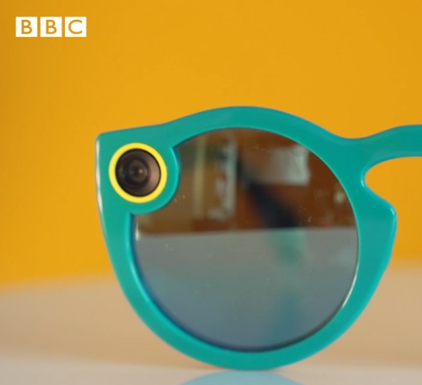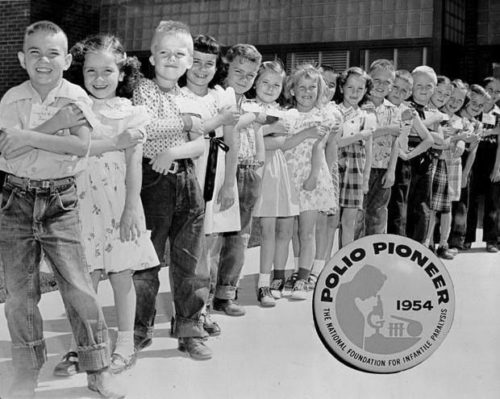I’ve seen a stream of complaints about the latest release of Tesla’s “Full Self Driving” software (FSD), version 10.
Here’s a perfect example where the car starts driving on the wrong side of the road, directly towards collision with an oncoming car, and the driver says “WHERE ARE YOU GOING” as he strains to pull the Tesla away.

That’s without question a head-on collision attempted on a public road by the latest version of “Full Self Driving”.
Here’s one getting a lot of views on YouTube where the car surges suddenly towards pedestrians as if to kill them, exactly as I’ve predicted in my security conference presentations since at least 2016.
In another example from a different driver, the car throws a “take over immediately” alarm with almost no time to react when a pedestrian crosses in a crosswalk.

You can see the pedestrian look at a Tesla coming and start running to avoid being hit by it.
This driver is so saccharin about safety failures he brags that very nearly hitting a pedestrian is just a nice data point for Tesla to learn from.
Likewise, he stops in a bike lane instead of the proper car turn lane and says it’s a big improvement over earlier versions where Tesla (correctly) did not enter the protected bike lane.
Note first he starts to approach the left turn lane all the way on the left, next to the green protected bike lane.

This is very specific marking, to allow bikes to avoid the danger of vehicles turning left in front of them.
The Tesla then illegally stops on the green bike lane, creating a safety hazard, instead of the dedicated left turn lane.

That is NOT an improvement. And it comes just after the Tesla tried to accelerate and rush in front of a car to the right, before suddenly turning left instead and then wandering across lanes.
The car is failing the most basic tests.
In another video a driver in San Jose tries to cross railroad tracks and says “whoa, ok, 9.2 had that nailed down, not sure why 10 can’t do that”.
He is saying he takes the same turn repeatedly as a test and 10 is much worse… but it gets even more worse as his car tries to drive directly into road closed and do not enter signs.

Ignoring giant safety warnings is a long-time problem but it clearly gets worse in version 10 as you can see in this retrospective:
If that doesn’t alarm you, here’s an example from another driver who puts her Tesla behind a car on a single-lane narrow road and has to stop it repeatedly from behaving dangerously.
The video complains dryly that v10 is “very confused” and “freaked out” and “unsure”… all words that are exactly the opposite of the “confidence” marketing from Tesla.

That driver says there were too many errors to list them all, but perhaps the most telling was when she grabs the wheel to stop a head-on collision and says “NOT GOING TO LET MY CAR TURN INTO TRAFFIC”.
Likewise, and finally, here’s a whole series of problems in one video of running red lights, trying to pull out in front of oncoming cars, turning right on a left turn, trying to drive around cars waiting at a red light, swerving off the road… and just like the example at the start of this blog DRIVING ON THE WRONG SIDE OF THE ROAD INTO ONCOMING TRAFFIC.

“THE SPEED LIMIT IS NOT 30” this driver also yells at his car excitedly in a slow zone as tries to regain control to prevent an accident.
Watch the whole video here:
This all comes after the CEO of Tesla said v10 was being delayed a week for safety reasons.
Tesla was preparing to release the FSD Beta V10 on September 3, but today announced that it was slightly delayed. On September 2, the CEO of the company Elon Musk tweeted that the release of the new version of the software will be on Friday, September 10. He explained that the first thing the team needs to do is make sure the update works well and is safe for testers to use.
So is it safe as promised? Should these random “testers” be held liable when they cause accidents or is it the fault of Tesla for encouraging dangerous behavior?
Let’s now go back to when Elon Musk in April 2019 (allegedly to juice investors for more money) gave a very public prediction that by 2020 he would deliver a national fleet of taxis with no human driver at all, such that even human controls would be eliminated by 2021.
Robo-taxi customers will be able to summon participating cars “from [their] parking lots” using a bespoke mobile app, Musk said during a presentation to investors this afternoon, and “get in and go for a drive.” He expects the network will have as many as a million cars in the next year and a half. Musk predicts that two years from now, Tesla will produce cars without steering wheels or pedals…
Well, what can we say now in 2021?
Tesla is a scam.
In many of the above cases the driver falsely rationalizes putting themselves and others in harms way because they believe the car is “learning”. They have no proof of learning and in many videos you see the driver saying the exact opposite yet ignoring their own observations because they believe in a lie.
Tesla is complicit in encouraging unsafe driving on a false principle, creating guinea pigs out of their customers with no actual proof of learning going back to their believers.
In fact, Tesla recently openly admitted they aren’t learning and aren’t listening to their customers.
…we haven’t done too much continuous learning. We train the system once, fine tune it a few times and that sort of goes into the car. We need something stable that we can evaluate extensively and then we think that that is good and that goes into cars. So we don’t do too much learning on the spot or continuous learning…
Let me say that again.
Tesla has stated openly in their most recent presentation they aren’t learning “on the spot or continuous” because that would be hard. Yet all these drivers put themselves and others in harms way on the very belief that Tesla is learning on the spot and continuously.
Tesla is a scam.
Tesla wanted to replace the entire battery for a total cost of $22,500. The Kelly Blue Book value of the used Tesla was about $23,000. After some research, Hoover was able to get the Tesla repaired by an independent shop for about $5,000, or 75 percent cheaper than what Tesla offered.
Maybe this is a good time to revisit in 1957 we all were promised driverless cars (to arrive by 1975).
PASSING the above sign as you enter the superhighway, you reach over to your dashboard and push the button marked “Electronic Drive.” Selecting your lane, you settle back to enjoy the ride as your car adjusts itself to the prescribed speed. You may prefer to read or carry on a conversation with your passengers or even to catch up on your office work. It makes no difference for the next several hundred miles as far as the driving is concerned.
Fantastic? Not at all. The first long step toward this automatic highway of the future was successfully illustrated by RCA and the State of Nebraska on October 10, 1957, on a 400 -foot strip of public highway on the outskirts of Lincoln.
At this rate, driverless will need another 500 years (while electric cars are an entirely different story). Perhaps the best way of describing the path being taken is: instead of manual or automatic Tesla now builds an “autocratic” car (imposition of one’s will on others in an insistent or arrogant manner).















